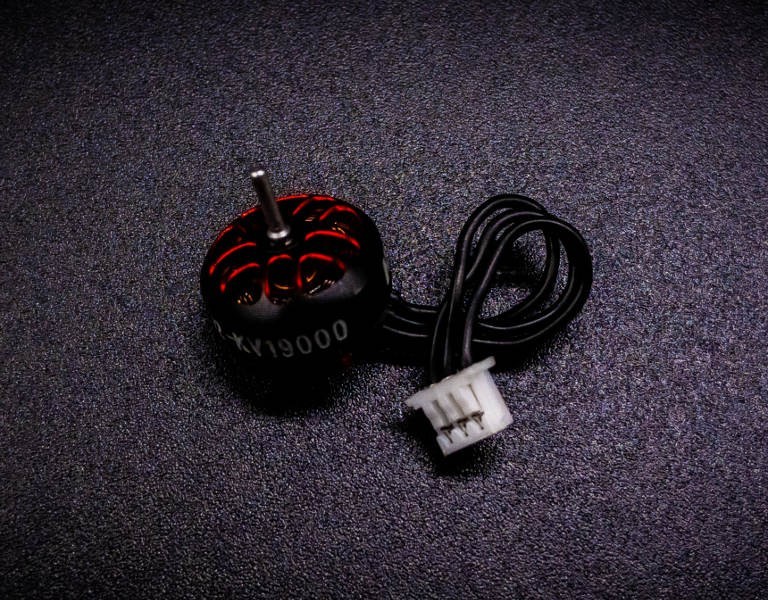No products
Close
Blog Categories
Latest Posts
Select appropriate motors for mini drone and tiny whoop to avoid traps

| This review will not go into the technical details of the motors but rather the things to know before buying, most especially the traps to avoid. It wouldn't take much to do nothing with your brand new motors. In the mini drone world, there is two kind of motors. No Good, no Bad and no Ugly here, but brushed and brushless motors, i.e. motors with carbon brushes and without carbon brushes. For the same competence, brushless motors are lighter, quieter, have a lower power consumption and perform better. But they cost more. The advantage of brushed motors is first and obviously their cost, but they are also easier to use and replace in case of damage. | ||
| ||
Brushed motorsBrushed motors are a suitable solution for a beginner pilot, or simply for a low-cost drone (also for lazy people...). Easy to use and replace, they come in a number of sizes and formats.The size of the brushed motors is indicated by the number that comes with them. For example 716 indicates a length of 16mm and a diameter of 7mm. Of course, it depends on the purpose of the motor but roughly speaking, a 65mm frame will work well with 6mm motors, a 75mm frame will work well with 7mm motors, etc. Another important point concerns the motor shaft, the spike on which the propellers are fixed. There are several sizes (0.8mm, 1.0mm, etc) and it is better to check the compatibility with the propellers before proceeding. As you can see on the picture below, there are 716 motors of the same size but with different shaft, 0.8mm and 1.0mm.
| ||
| ||
Brushless motorsBrushless motors for mini drones and tiny whoops are often a technical gem. As mentioned above, Brushless motors have almost only advantages over the Brushed, except the cost. The design is also often more bling bling. As with brushed motors, brushless motors exist in various sizes (06, 07, 08, etc) and motor shaft sizes (0.8mm, 1.0mm, etc). For brushless motors the number means the diameter and height of the stator, the static part of the motor composed of the bearings, coils and static magnets. A 0703 motor has a stator diameter of 7mm and a height of 3mm. Bigger motors are more powerful, weigh more and require more power (to be balanced with the size of the propeller).If you choose brushless motors, you will also have to check the diameter of the attachments, to be matching with your frame. And finally, the battery type supported by the motors (1S, 2S, etc), keeping in mind that going from 1S to 2S, on motors that can support it, doubles the KVs. In a nutshell: | ||
| ||
KVsThe concept of KV defines the RPM of the motor for 1V. Hence, a 19000KV motor with a standard 1S 3.7V battery will rotate at 70'300 rpm. The higher the KVs, the faster the motors turn. Roughly speaking, this would give :- The smallest the motor size, the more acceleration and KVs it has. - The larger the motor, the more torque and less KVs it has. - For good acceleration skills, go for high KVs and small propellers. - For more torque, choose lower KVs and larger propellers. A drone designed for long range flights will need more torque, while a small indoor tiny whoop will need more punch. It is therefore crucial to first define your needs, then choose motors that match these criteria. We hope that this article will help you to choose your future motors! For more technical information on engines, please see the WikiFPV article about motors. Please let us know of any inaccuracy or spelling mistake. |